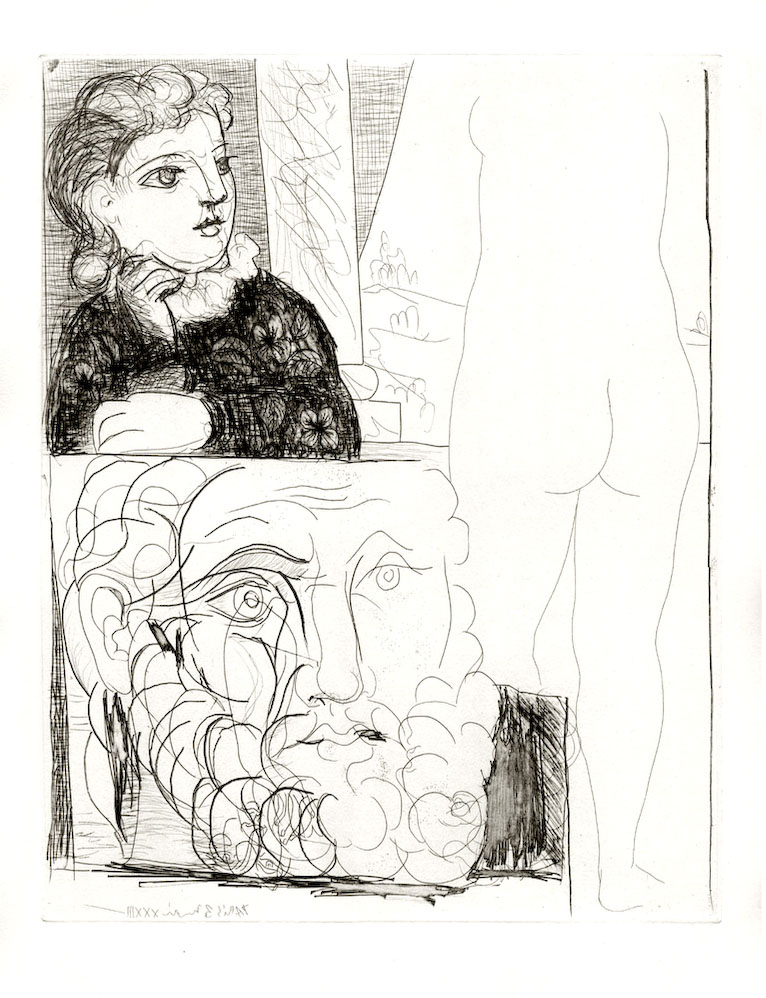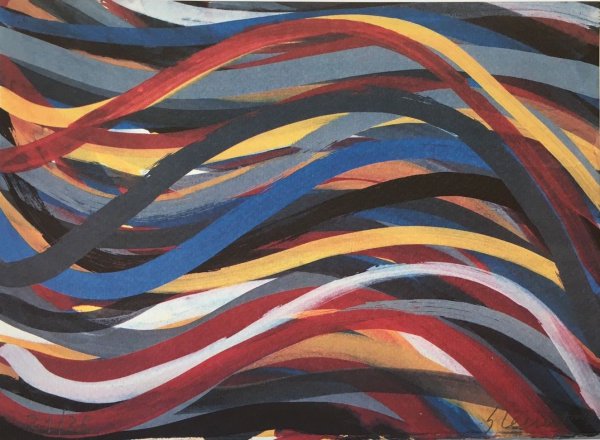When Modern Art became Contemporary Art
Modern Art
The term ‘Modern Art’ is generally used to describe work made during the period of extraordinarily rapid change in the world from 1880 to the 1960’s, a time presided over by ‘an atmosphere of millenarian optimism’. Two world wars occurred during these years as well as the industrial revolution, all of which profoundly affected the work that artists were making and – importantly – the way in which they lived their lives.
During this period several now infamous artistic movements originated and were explored in quick succession; these include Impressionism, Cubism, Surrealism, Abstract Expressionism, Minimalism, and Pop Art. Artists rejected historical painting (such as commissioned portraits painted in a realistic style) and what they saw as conservative values. New materials and mark-making techniques were experimented with whilst dreams and emotions were explored through art-making. Artists looked inward for inspiration as well as to social and political agendas. Arguably many of the most famous artists that continue to be celebrated today made work during this period including Monet, Picasso, Dali, Mondrian and Warhol. Nowadays paintings by these artists reach incredible prices at auction and museum exhibitions of their work still draw huge crowds.

Historians are divided upon a specific year when Modern Art ended but it is generally agreed that, in the late 1960’s, when artists once again reacted against history, a new ‘ism’ was born – Postmodernism. Minimalism (exemplified by artists like Sol Lewitt and Frank Stella) is seen as one of the earliest examples of Postmodern art. From that point onwards, the classification of art became less rigid as a reflection of the astonishing diversity in fine art practice amongst younger art school graduates as well as established artists. Conceptual art, Land/site-specific art and feminist art were just a few of the categories that one could pinpoint during this period of time – there are many more. The increasing pressure imposed by mass media only served to stimulate artists’ practices. Perhaps the most infamous group of this period were the so-called YBA’s of the 1990’s, including Tracey Emin, Gary Hume and Sarah Lucas, who made provocative, sometimes shocking work using unorthadox materials.

Of course, many of these artists are still alive, thus making work that can be categorised as ‘contemporary art’ – a term described by Tate as ‘loosely used to refer to art of the present day’. Setting aside for a moment social and political influences, it is also important to understand the democratic context in which contemporary art can now be experienced – which has changed beyond recognition in the past twenty years or so with the birth of the internet and the extraordinary growth of the international art fair – both alternatives to viewing art at a gallery or museum. Art school graduate shows and high-quality open call exhibitions such as Bloomberg New Contemporaries and the John Moores Painting prize are all excellent ways to discover promising new artists. All of these opportunities have ensured that artists work – whether modern or contemporary – can be viewed, enjoyed, debated and of course purchased by a wider audience than ever before.
‘What changes were forced on art by the example and pressure of mass media’?
Sources:
The Shock of the New, Robert Hughes
Art Today, Edward Lucie Smith
